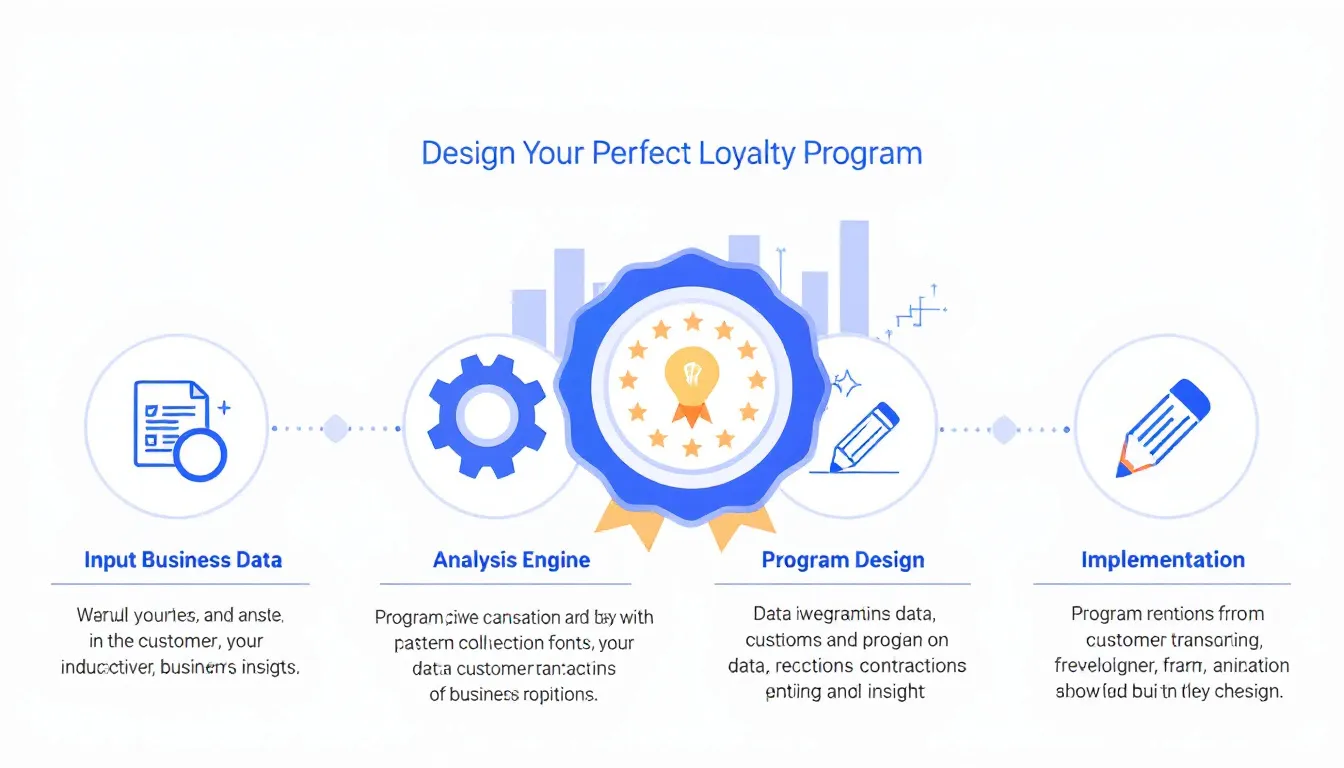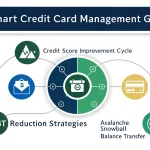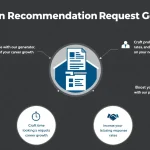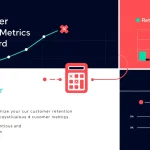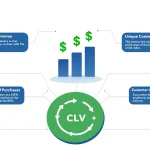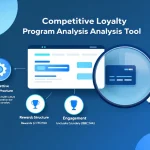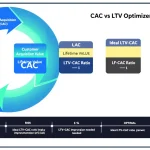Is this tool helpful?
How to Use the Loyalty Program Recommendation Tool Effectively
Use this tool to create a loyalty program tailored to your business needs. Fill out the fields below with accurate information to get practical recommendations on designing rewards that foster customer retention and increase sales.
1. Type of Business or Industry
Specify the category your business falls into, so the tool can customize recommendations based on industry standards. Consider these examples:
- Local organic grocery store
- Online handmade jewelry boutique
2. Description of Target Customer Base
Describe your ideal customers’ demographics and interests to tailor rewards that resonate with them. Examples include:
- Eco-conscious millennials who prefer sustainable products
- Busy professionals aged 30-50 seeking convenience and quality
3. Average Transaction Value (Optional)
Enter the typical amount customers spend per transaction in USD. This field helps calibrate reward thresholds and benefits to suit your sales volume.
4. Expected Purchase Frequency (Optional)
Indicate how often customers usually shop or how frequently you want them to purchase. For example, you might include:
- Bi-weekly
- Seasonal (4 times per year)
5. Competitor Loyalty Programs (Optional)
Describe any competitor loyalty programs you know. This insight helps differentiate your program. Examples:
- Cashback offers with minimum purchase
- Exclusive member-only events and early access
Introduction to the Loyalty Program Recommendation Tool
This Loyalty Program Recommendation Tool helps you design effective customer reward programs that boost retention and sales. By gathering essential details about your business and customers, it provides data-driven suggestions aligned with best loyalty practices.
You’ll receive tailored recommendations for reward structures, points systems, and engagement strategies that increase repeat business. The tool simplifies complex loyalty design decisions, so you can focus on growing your customer base efficiently.
Key Benefits of Using the Loyalty Program Recommendation Tool
- Customized Advice: Get program suggestions suited to your industry and audience.
- Competitive Insights: Learn how to differentiate your loyalty program in your market.
- Customer Focused: Create rewards that match your customers’ preferences and habits.
- Efficiency: Save time by generating expert recommendations immediately.
Practical Uses of the Loyalty Program Recommendation Tool
You can use this tool to explore different loyalty program models based on your inputs. Commonly, businesses rely on it to gain clarity on:
- Choosing the type of rewards system (points, tiered benefits, cashback)
- Setting spending thresholds and reward values based on transaction data
- Defining customer engagement frequency targets
- Differentiating your program from competitors effectively
It serves as a starting point for refining your loyalty program strategy before implementation.
Example Scenario: Boutique Home Decor Store
You input:
- Business Type: Artisan home decor retailer
- Customer Base: Interior design enthusiasts, ages 28-45
- Average Transaction: $120
- Purchase Frequency: Monthly
The tool suggests a tiered reward program that offers:
- Points earned per dollar spent
- Exclusive discounts and early access for higher tiers
- Referral bonuses for new customer acquisition
Understanding Loyalty Program Design: Core Concepts and Formulas
A strong loyalty program balances customer rewards with business sustainability. To achieve this, the tool bases its recommendations on essential metrics and formulas that calculate point values and customer lifetime impact.
Reward Point Value Calculation
Determine how much value each point represents in your program using this formula:
$$ \text{Point Value} = \frac{\text{Reward Value in USD}}{\text{Points Required for Reward}} $$Customer Lifetime Value (CLV) Impact
Estimate how your loyalty program affects your customers’ lifetime value to your business:
$$ \text{CLV Impact} = \text{Average Transaction} \times \text{Annual Purchase Frequency} \times \text{Retention Rate Increase} $$Best Practices When Implementing Your Loyalty Program
1. Launch Strategy
- Start with a soft launch targeting a small group of customers
- Collect feedback to identify pain points or opportunities
- Refine the program based on real user input before full rollout
2. Communication Plan
- Explain rewards clearly and simply to customers
- Keep members engaged with regular updates and new offers
- Use multiple channels like email, social media, and in-store signage
3. Performance Monitoring
- Track how many customers enroll in your program
- Monitor redemption rates and identify popular rewards
- Measure sales growth and repeat purchase frequency
Frequently Asked Questions About Loyalty Program Design
Which businesses benefit most from loyalty programs?
Any company with recurring customers can benefit, including retail shops, cafes, service providers, and subscription services.
How often should I review my loyalty program?
Review your program at least quarterly, and make major revisions annually, based on performance data and customer feedback.
What factors make a loyalty program successful?
A successful program offers clear rewards, simple accumulation of points, attractive benefits, and an easy redemption process.
Advanced Features to Enhance Your Loyalty Program
1. Digital Integration
- Mobile app for easy tracking and redemption
- Integration with digital wallets and QR codes
2. Personalization
- Birthday specials and personalized offers
- Rewards based on purchase history and behavior
3. Social Engagement
- Referral bonuses for inviting friends
- Social media campaigns and exclusive community events
Success Metrics to Track for Your Loyalty Program
- Program enrollment rate
- Active versus inactive member ratios
- Average spending per member
- Reward redemption rate
- Member retention and repeat purchase rates
Using this Loyalty Program Recommendation Tool and applying these best practices, you’ll build a program that engages customers, improves retention, and drives measurable sales growth.
Important Disclaimer
The calculations, results, and content provided by our tools are not guaranteed to be accurate, complete, or reliable. Users are responsible for verifying and interpreting the results. Our content and tools may contain errors, biases, or inconsistencies. Do not enter personal data, sensitive information, or personally identifiable information in our web forms or tools. Such data entry violates our terms of service and may result in unauthorized disclosure to third parties. We reserve the right to save inputs and outputs from our tools for the purposes of error debugging, bias identification, and performance improvement. External companies providing AI models used in our tools may also save and process data in accordance with their own policies. By using our tools, you consent to this data collection and processing. We reserve the right to limit the usage of our tools based on current usability factors.
